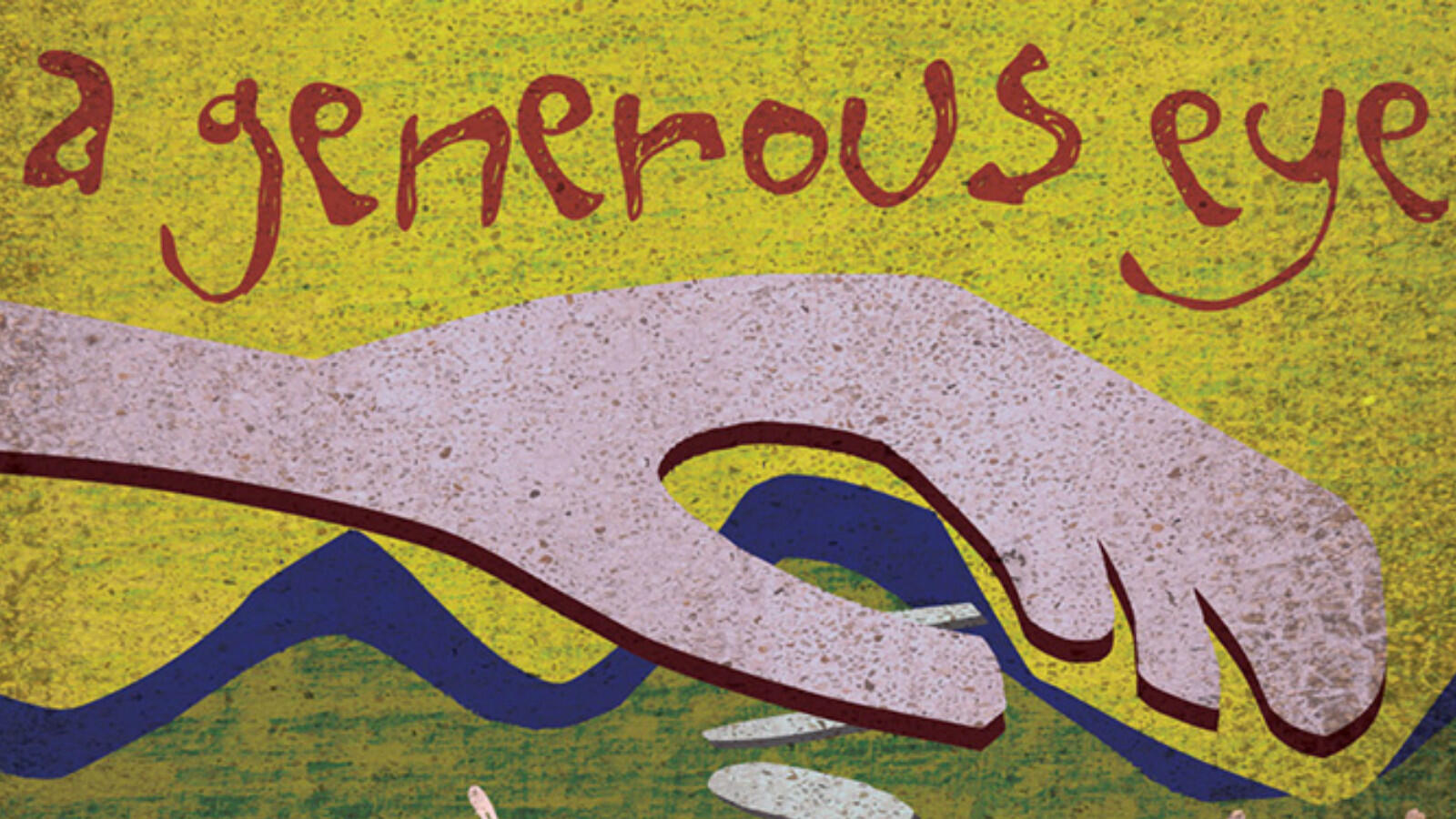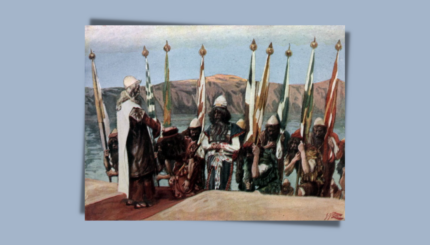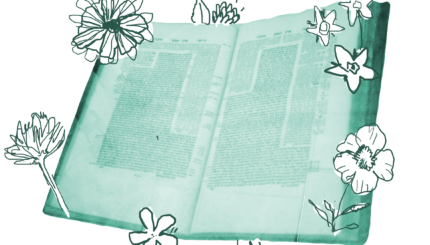Commentary on Parashat Chayei Sara, Genesis 23:1 - 25:18
Parashat Chayei Sarah (literally, “the life of Sarah) actually begins with Sarah’s death. The commentator Rashi tells us that, juxtaposed as this is with the sacrifice of Isaac in the previous Torah portion, Sarah’s death is a direct result of hearing of her beloved son’s near-death at the hands of his father (and her husband) Abraham. The rest of this portion, and indeed the remainder of the Book of Genesis, reflect the reverberations of this event.
After Sarah’s death, Abraham tells his servant to go find a wife for Isaac. It is clear that this is partially in order to compensate for the loss of Sarah (“…and she became his wife, and he loved her; and Isaac was comforted for his mother.”) The servant is given instructions on how to identify a bride who embodies kindness and good deeds. Rebecca perfectly fits the bill. She waters the servant’s camels, shows him great kindness and, like Abraham before her, is eager both to welcome a guest and to leave her homeland to grow what will become the nation of Israel. She independently decides to go with the servant to marry an unknown man.
But this woman who can find balance between serving others and autonomy, who is chosen for her fine treatment of servants and of animals, evolves into someone else. As we will see in the next Torah portion, Rebecca resorts to trickery to secure a birthright for her favorite son Jacob. While her ends were in harmony with God’s, the means caused harm to all those involved, including Rebecca herself.
What transformation moved her from a place of kindness and transparency to one of deception?
Isaac was deeply traumatized after suffering violence at the hand of the person ostensibly most entrusted with caring for him. And though he comes through it alive, the integrity of his existence has been broken and a part of him has indeed been sacrificed. His brokenness touches all those around him, as trauma tends to do.
Avivah Gottleib Zornberg notes in “The Beginning of Desire: Reflections on Genesis” that when Rebecca first sees Isaac, she sees in him “the vital anguish at the heart of his prayers, a remoteness from the sunlit world of hesed [kindness] that she inhabits.” Isaac’s enduring pain is palpable even from afar, and its impact on Rebecca — and on their future relationship — is immediate and deep. The biblical text tells us that Rebecca responds to the sight of Isaac by veiling herself.
Revealingly, Rashi notes that the verb “to veil” is conjugated in the passive construction, suggesting that someone or something else veiled her. One might then read this passage to suggest that it was Rebecca’s inner light that was enveiled by Isaac’s anguish, separating them from each other and Rebecca from part of herself. Rashi’s comparison of this verb to other biblical passive constructions is further illuminating: “she was buried” Genesis 35:8 and “she was broken.” I Samuel 4:18 Rebecca’s essential self is veiled, broken, buried.
Rather than replace the nurturing care of Sarah as was intended, Rebecca shuts down a vital part of herself, further deepening, one would imagine, Isaac’s despair and the couple’s ability to communicate. This struggle is brutally manifest in the conflict between their sons, Jacob and Esau, an existential struggle for parental love and tribal primacy. A domino effect is put into place, impacting generations to come — not only in the tense relationship between the Israelites and Edomites (the descendants of Esau) but within the Israelite nation itself.
Rebecca’s autonomy, the agency she displays over her body and her mind and in her choice of whom she would love, contrasts sharply with her granddaughter Dina, who is violated by Shechem later in Genesis and whose honor is then murderously avenged by her brothers. How much of the trickery and violence surrounding Dina’s story were born out of a strain implanted two generations earlier? Likewise, the mistreatment of Joseph by his brothers suggests a casualness toward deception and the integrity of life that is shocking, but perhaps not surprising. The reverberations of familial violence and trauma are long and deep.
In these stories and others, the Bible does not portray the patriarchs and matriarchs as remote figures showcasing perfection. These were complex individuals who, in addition to being hospitable, loving, soulful, generous and just, could also be angry, jealous, combative, dishonest and disloyal. Imbuing our Jewish role models with these qualities gives us both permission to be human and makes greatness feel attainable. Part of what makes these figures relatable is the very real and recognizable ways that they respond to the events of their lives.
Abraham is beholden to what God asks of him, undoubtedly feeling he had no choice but to follow God’s instructions for sacrificing his son. (He was commanded to do so directly by God, after all.) Rebecca moves from lightness to darkness in order to protect a part of herself, and later to protect a beloved child. Decisions we make today have impact beyond what we can imagine. While we might struggle to understand these choices, in many ways we all reflect the life of Sarah and the lives of all our forebears as we veer between obligation and desire, joy and anguish, looking for love and solace and protecting ourselves and those around us.
Read this Torah portion, Genesis 23:1 – 25:18 on Sefaria
You May Also Like:
Sign up for our “Guide to Torah Study” email series and we’ll guide you through everything you need to know, from explanations of the major texts to commentaries to learning methods and more.
Subscribe to A Daily Dose of Talmud: Daf Yomi for Everyone — every day, you’ll receive an email that offers an insight from each page of the current tractate of the Talmud. Join us!
About the Author: Elizabeth Mandel is the founder and executive director of jGirls Magazine, an online community and magazine written by and for Jewish teenage girls.



